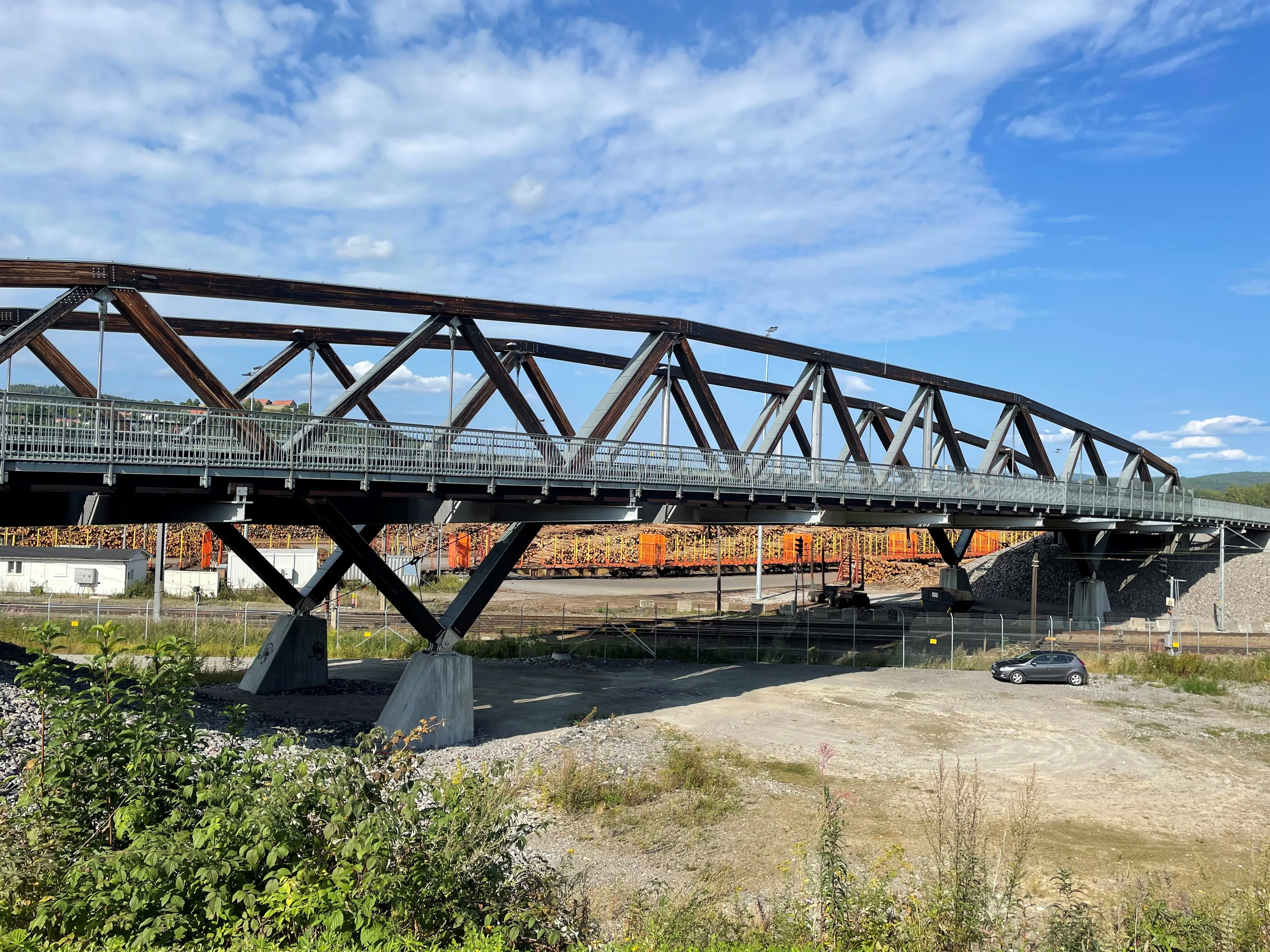A section of bridge carrying Interstate 5 over the Skagit River in the US has collapsed, dumping a number of vehicles into the river, although no fatalities have been reported. The four lane highway bridge lies around 100km north of Seattle in the Pacific North Western state of Washington and provides a key link with neighbouring Canada. The collapse means that traffic between the US and Canada has been disrupted until repairs can be made or a temporary replacement put in place. There is another bridge runn
May 24, 2013
Read time: 2 mins
A section of bridge carrying Interstate 5 over the Skagit River in the US has collapsed, dumping a number of vehicles into the river, although no fatalities have been reported. The four lane highway bridge lies around 100km north of Seattle in the Pacific North Western state of Washington and provides a key link with neighbouring Canada. The collapse means that traffic between the US and Canada has been disrupted until repairs can be made or a temporary replacement put in place. There is another bridge running parallel to the collapsed structure and this will have to carry two-way traffic in the mean-time, but there will be major delays on this busy route.
A full investigation into the cause of the collapse will be carried out shortly. But there have been questions as to whether a heavy truck on the bridge at the time of the collapse had damaged it in some way, perhaps through striking a key structural element.
Constructed in 1955 the structure has previously been listed as not meeting requirements following inspections although it had not been fast-tracked for replacement. It is one of over 78,000 bridges in Washington State highlighted as not being up to standard. The incident also reopens the issue of the safety of bridges in the US. Following the fatal collapse of an Interstate bridge in Minnesota some years ago, the spotlight was thrown on the poor condition of many major structures. The ensuing investigations showed a worryingly large number of bridges in the US to be functionally obsolete or structurally deficient. Some structures were repaired or replaced but the issue was then forgotten and the state of many bridges in very poor condition quietly ignored.
A full investigation into the cause of the collapse will be carried out shortly. But there have been questions as to whether a heavy truck on the bridge at the time of the collapse had damaged it in some way, perhaps through striking a key structural element.
Constructed in 1955 the structure has previously been listed as not meeting requirements following inspections although it had not been fast-tracked for replacement. It is one of over 78,000 bridges in Washington State highlighted as not being up to standard. The incident also reopens the issue of the safety of bridges in the US. Following the fatal collapse of an Interstate bridge in Minnesota some years ago, the spotlight was thrown on the poor condition of many major structures. The ensuing investigations showed a worryingly large number of bridges in the US to be functionally obsolete or structurally deficient. Some structures were repaired or replaced but the issue was then forgotten and the state of many bridges in very poor condition quietly ignored.







